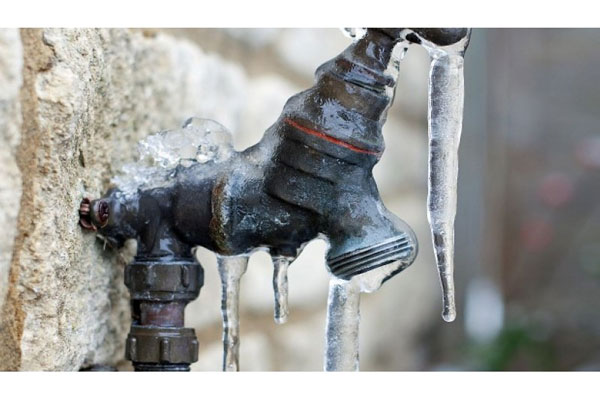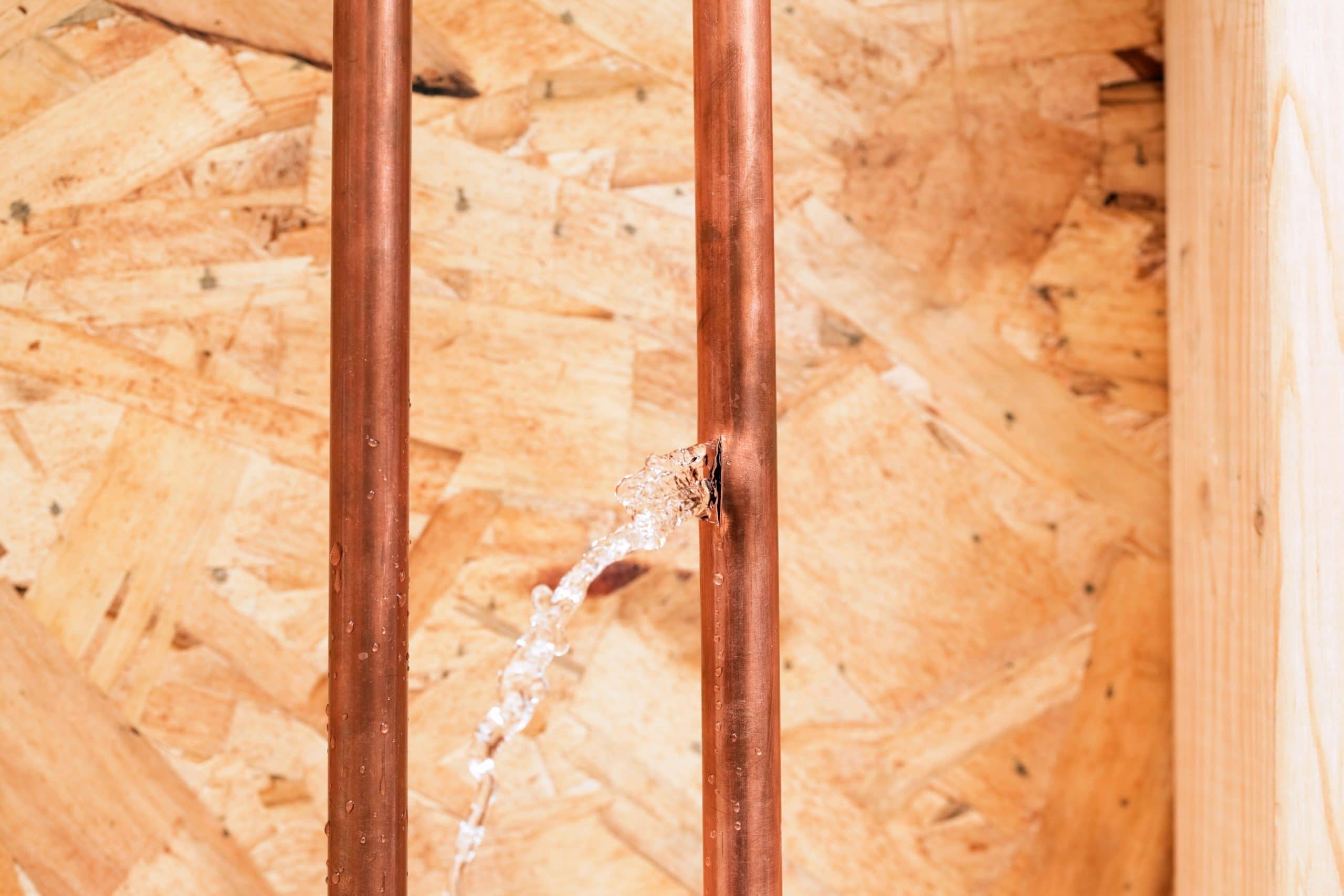I awoke one frigid morning to the sound of rushing water. My heart sank as I realized my bathroom sink had burst, spraying water everywhere.

How Long Does It Take Pipes To Freeze
The culprit? Frozen pipes. The relentless cold had caused the water inside my pipes to expand, creating pressure that eventually caused them to burst. This costly and inconvenient disaster made me wonder, just how long does it take for pipes to freeze?
Factors Affecting Freezing Time
The speed at which pipes freeze depends on several factors, including:
- Pipe material: Copper pipes freeze faster than plastic or PEX pipes.
- Pipe size: Smaller pipes freeze more quickly than larger ones.
- Water pressure: High water pressure can slow down freezing, as the constant flow of water prevents ice from forming.
- Air temperature: Obviously, the colder the outside temperature, the faster pipes will freeze.
- Insulation: Insulated pipes are less likely to freeze.
How Long Does It Take?
In general, it takes between 24 and 48 hours for pipes to freeze when the temperature drops below freezing (32°F / 0°C). However, this timeframe can vary depending on the factors listed above.
For example, exposed copper pipes in freezing temperatures can freeze in as little as 6 hours. On the other hand, insulated PEX pipes may take several days or even weeks to freeze.
Protecting Your Pipes
To prevent pipes from freezing, you can take several precautions:
- Insulate pipes: Apply foam insulation to exposed pipes.
- Seal leaks: Fix any leaks that allow cold air to enter.
- Open cabinets: Keep cabinet doors open to allow warm air to circulate around pipes.
- Let water drip: Keep a slow drip running from faucets to prevent water from freezing inside.
- Use a space heater: Point a space heater towards exposed pipes.
Tips from the Experts
In addition to the DIY tips above, here are some expert recommendations:
- Install freeze sensors: These devices can alert you to a sudden drop in temperature, giving you time to take action.
- Consider heat tape: Heat tape, when wrapped around pipes, can provide additional warmth.
- Drain water from outdoor faucets: This prevents water from freezing in the pipes leading to the faucets.
- Protect outdoor pipes: Cover outdoor pipes with foam insulation or use a pipe cap.
By following these tips, you can reduce the risk of frozen pipes and protect your home from costly damage.
FAQs
- Q: What temperature causes pipes to freeze?
A: Pipes freeze when the water inside reaches 32°F (0°C).
- Q: Can I thaw frozen pipes with a hairdryer?
A: Yes, using a hairdryer can be an effective way to thaw frozen pipes. However, avoid using the highest heat setting, as this could damage the pipes.
- Q: How do I know if my pipes are frozen?
A: Common signs of frozen pipes include no water flow from faucets, bulging pipes, or a slight hissing sound.
Conclusion
Frozen pipes are a common winter hazard that can lead to burst pipes and water damage. Understanding how long it takes for pipes to freeze and taking the necessary precautions can help you protect your home.
Are you interested in learning more about preventing frozen pipes? Share your thoughts and experiences in the comments below.
How Long Does It Take Pipes To Freeze

Image: beezzly.com










